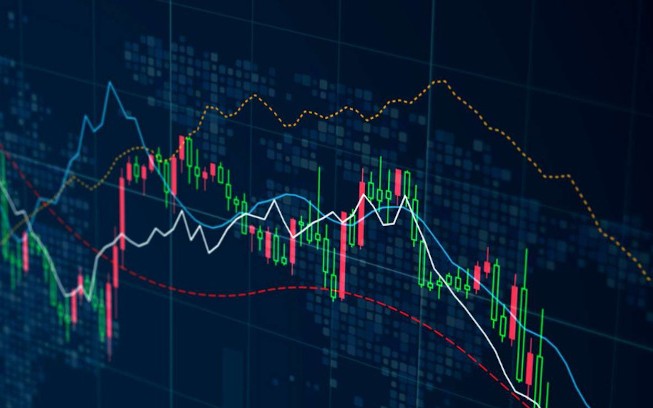
A Comprehensive Example of Forex Trading: Strategies and Insights
Forex trading, also known as foreign exchange trading, involves the buying and selling of currencies in the global market. While it may seem daunting at first, with the right knowledge and approach, trading can become an accessible and potentially lucrative venture. In this article, we will provide a detailed example of forex trading, discussing essential strategies, risk management, and insights to help you navigate this dynamic market. For those looking to kickstart their trading journey, it’s essential to partner with a reliable broker. Consider exploring forex trading example Trading Broker UZ to find suitable trading options.
Understanding Forex Trading Basics
Forex trading is the act of exchanging one currency for another at an agreed price. It operates 24 hours a day, five days a week, and involves trading pairs. For instance, when you trade the EUR/USD pair, you are effectively buying euros while simultaneously selling U.S. dollars. The forex market is the largest financial market globally, with daily transactions exceeding $6 trillion. Understanding this landscape is crucial for any aspiring trader.
Key Concepts in Forex Trading
Before diving into a forex trading example, let’s clarify some fundamental concepts:
- Pip: A pip (percentage in point) is the smallest price move that a given exchange rate can make based on market convention.
- Leverage: Leverage allows traders to control a larger position with a relatively small amount of capital. For instance, with a 100:1 leverage, a trader can control $100,000 with just $1,000.
- Lot: In forex, a lot is a standard unit of measurement. A standard lot is typically 100,000 units of the base currency.
- Spread: The spread is the difference between the bid price and the ask price for a currency pair.
Example Scenario: Trading EUR/USD
Let’s create a hypothetical trading scenario using the EUR/USD pair. Assume that after analyzing market trends and economic indicators, you decide to buy this pair at an entry price of 1.1500. This indicates that one euro is equivalent to 1.1500 U.S. dollars.

Step 1: Analyzing the Market
The analysis typically involves both fundamental and technical factors:
- Fundamental Analysis: You might consider economic reports such as GDP growth rates, employment data, and interest rate changes in both the Eurozone and the United States.
- Technical Analysis: Traders often use tools like moving averages, RSI (Relative Strength Index), and support and resistance levels to make informed decisions.
Step 2: Setting Up Your Trade
With your analysis in mind, you decide to execute a trade. You allocate a position size of 1 standard lot (100,000 euros). Your trade setup may resemble the following:
- Entry Price: 1.1500
- Stop-Loss: 1.1450 (risking 50 pips)
- Take Profit: 1.1600 (targeting 100 pips)
Step 3: Managing Your Trade
Once your trade is live, it’s essential to monitor its performance. Adjusting your stop-loss to break-even once the price reaches your take profit level can safeguard your profits. This technique, known as a trailing stop, allows you to lock in gains while still letting the trade run.
Emphasizing Risk Management

Effective risk management is paramount in forex trading. Here are key principles to consider:
- Risk-Reward Ratio: Aim for a favorable risk-reward ratio, generally at least 1:2. This means for every dollar you risk, you aim to make at least two.
- Only Risk What You Can Afford to Lose: It is wise to risk no more than 1-2% of your trading capital on any single trade.
- Diversification: Consider diversifying your trades across different currency pairs to spread risk.
Evaluating Trade Outcomes
Once your trade reaches your exit point (either stop-loss or take-profit), it’s time to evaluate the outcome. Let’s assume your trade was successful, and the EUR/USD rises to 1.1600.
With 100 pips gained, you would have made a profit of $1,000 (100 pips x $10 per pip for 1 standard lot). On the other hand, if the price had dropped to your stop-loss at 1.1450, you would have incurred a loss of $500.
Continuous Learning and Improvement
The forex market is continuously evolving, making ongoing education vital. Consider these tips for enhancing your trading skills:
- Participate in webinars and online courses to expand your knowledge.
- Practice on demo accounts to hone your trading strategies without risking real money.
- Stay informed about global economic news that can impact currency prices.
Conclusion
Forex trading, while complex, is a rewarding activity for those who engage with it thoughtfully. By understanding the market’s nuances, employing effective strategies, and emphasizing risk management, you can enhance your trading proficiency. Remember, every trader’s journey is unique, and continuous education is key to sustained success in the forex arena.
